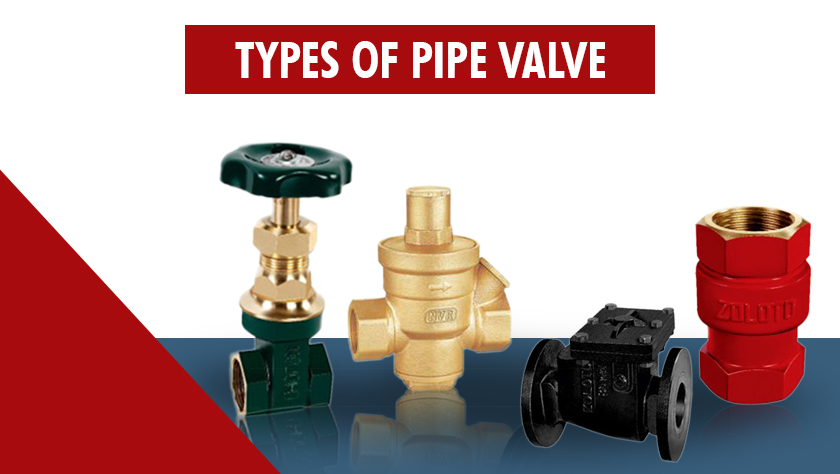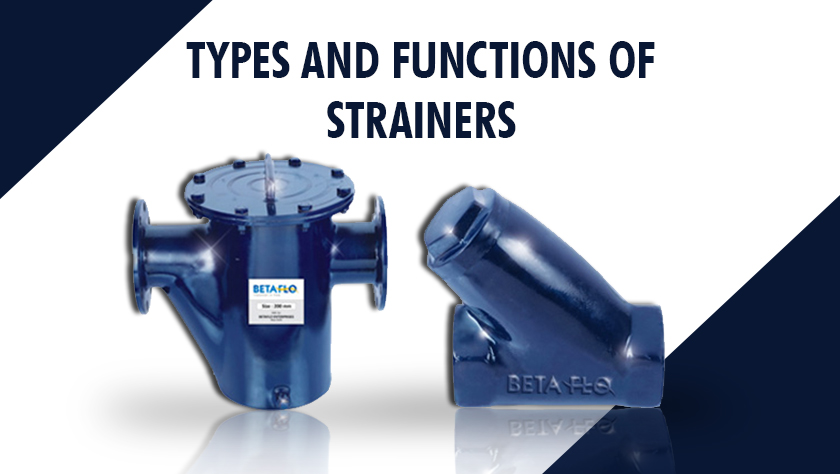A valve is a device that can control the flow and pressure of the fluid in a pipe. A few either starts or altogether stops the flow of fluid whereas there are some that partially obscures the path.
The different types of pipe valves are explained below in detail.
Ball Valves
Ball valves operate with a quarter-rotary motion. In a ball valve, the flow path is manipulated by the ball-shaped disk which requires a 90-degree turn of the valve handle. It is comparatively smaller in size and lighter than a gate valve.
Butterfly Valves
Butterfly valve can start, stop, and regulate the flow path but only to some extent. It is a simple valve that can be operated by a 90-degree turn of the valve handle. A butterfly valve is not normally designed to give a positive shut-off but modern technology has provided room for improvement in its blueprint. This valve is now capable of a bubble-tight shut-off.
Check Valves
Check valves, or NRVs (non-return valves), supports the unidirectional flow of fluid only. Their function is to check backflow. In check valves, backflow is prevented by “stoppers”. The different kinds of “stoppers” are ball, piston, and swing. Ball and piston check valves work by demanding a little amount of inbound flow pressure. The movement of fluid in a swing check valve is through a pivoting flap which opens only in one direction and ensures that there is no backflow.
Gate Valves
Gate valves are the most ordinary and the most frequently sold valve type in the industrial valve trade. These act as a block valve for isolating pipe systems since their properties are limited to either opening or closing. There is no restriction in the flow path once a gate valve is opened as it opens all the way. Gate valves are preferred in a straight-line system that requires minimum obstruction. You can regulate a gate valve with the help of a hand-wheel or a piston actuator.
Pressure Reducing Valves
If you are looking for a device to reduce the water pressure, pressure reducing valve is your answer. These valves get down to work by bringing down the quantity of water that flows through a pipe. With the valve, water that was pushing through the pipes at high pressure will be efficiently slowed down.
You must surely recognize the valve that you’ve been looking for all this time. Get one from leading suppliers of industrial valves in Delhi as SKG Pneumatics Inc at the earliest, for best prices!











 FSC
FSC